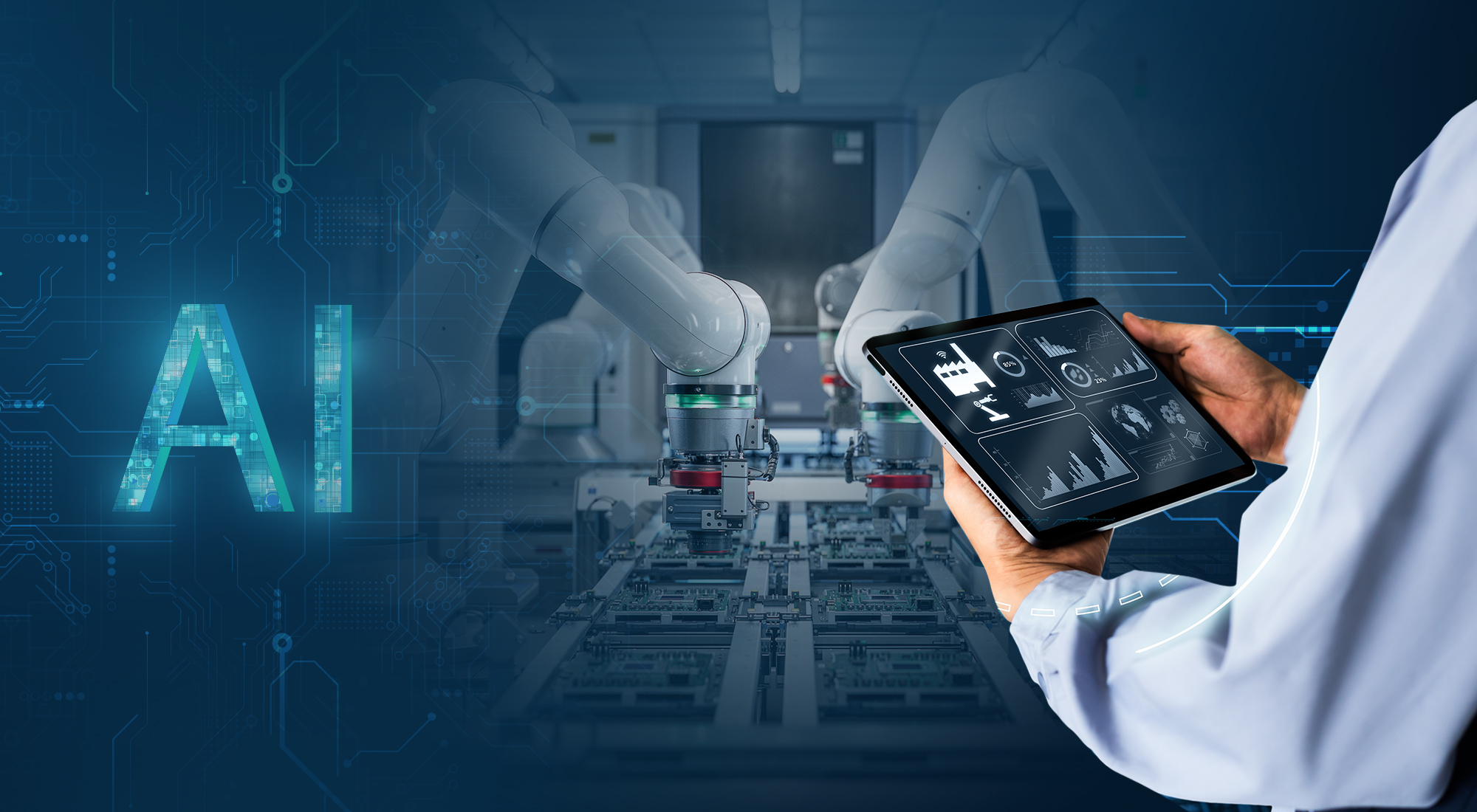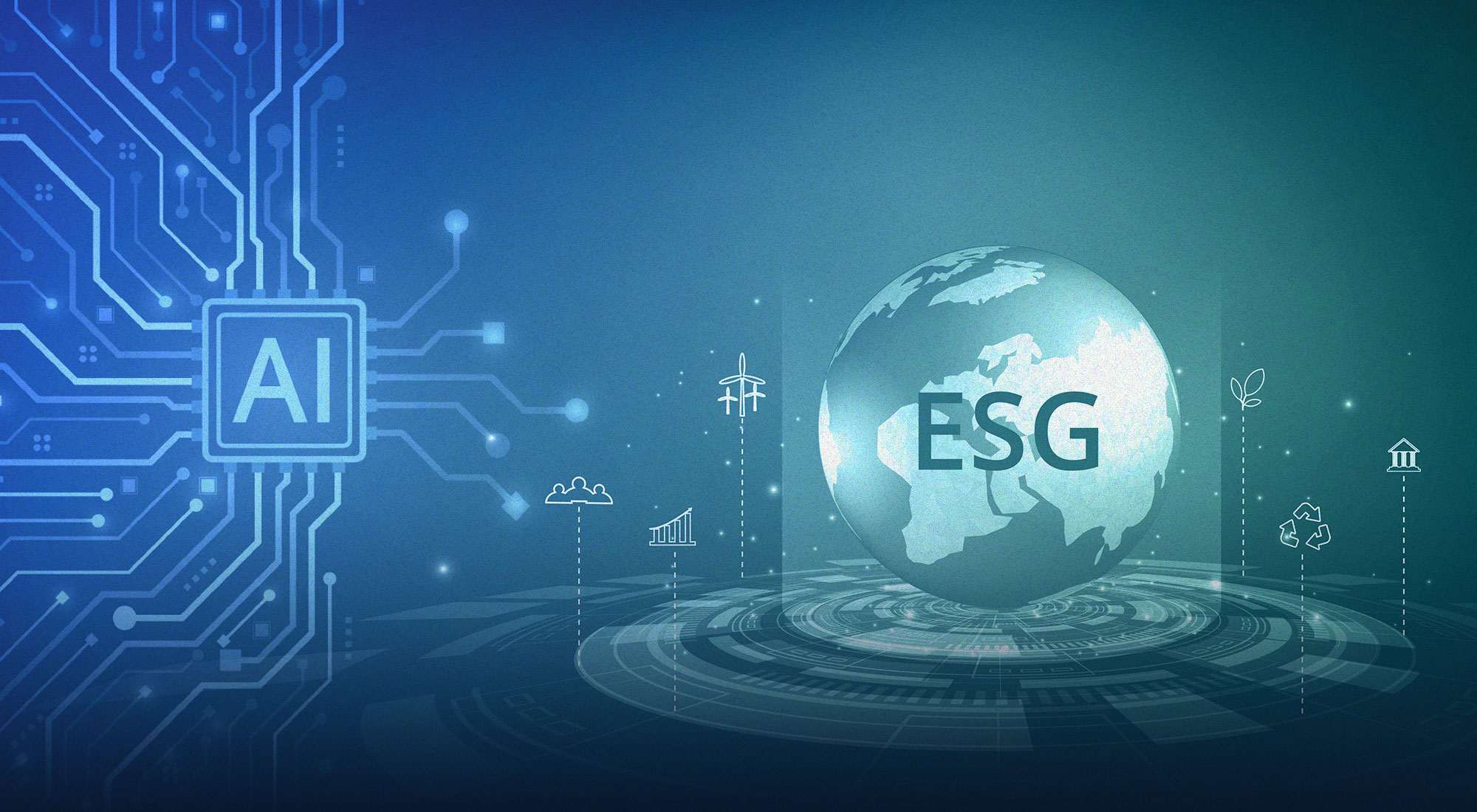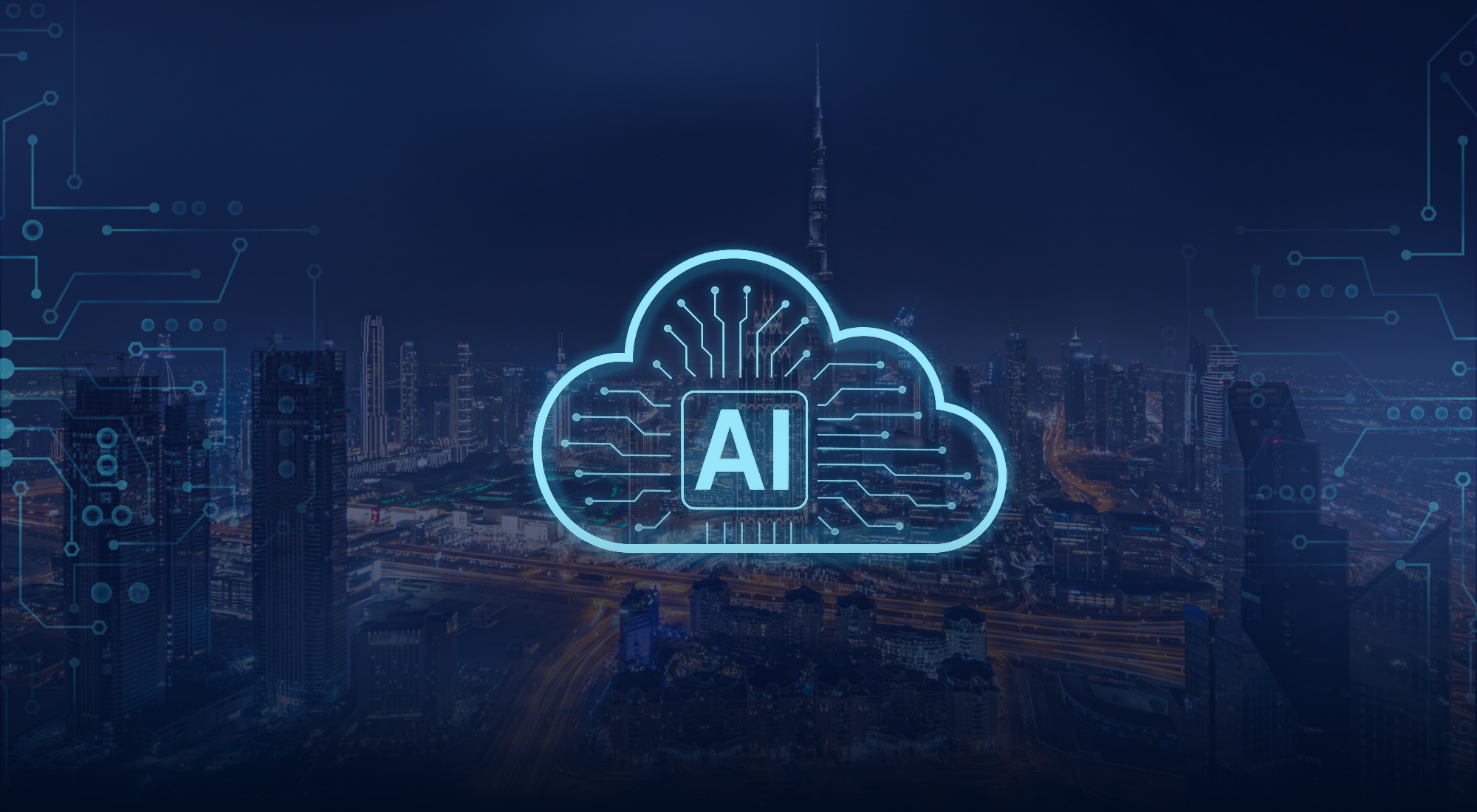In recent years, we have witnessed a significant shift in the way industries approach automation, driven largely by the powerful intersection of Artificial Intelligence (AI) and robotics. No longer confined to repetitive, pre-programmed tasks, today’s robotic systems are evolving into intelligent, adaptable agents capable of learning from their environments and making decisions in real time. This convergence is not merely a technical upgrade—it represents a fundamental transformation in how industrial processes are designed, managed, and optimized.
The blending of AI capabilities with robotic machinery has given rise to a new generation of smart automation tools. Through machine learning (ML), these systems can analyze enormous volumes of data, identify patterns, and continuously refine their actions without explicit reprogramming. In practical terms, this means robots are becoming increasingly capable of handling unpredictable tasks, adjusting their behavior based on situational feedback, and performing with a level of precision and agility that was previously unimaginable.
Computer vision further enhances these systems, allowing machines to “see” and interpret their surroundings. This opens the door to more nuanced tasks—such as quality control, object recognition, or autonomous navigation on factory floors—that require a high level of perception and adaptability. At the same time, real-time decision-making abilities are enabling robots to independently manage production flows, respond to dynamic variables, and reduce the need for constant human oversight.
This insight explores how these developments are playing out across key sectors, with a focus on manufacturing, logistics, and automotive industries—each of which is experiencing major productivity gains and operational efficiencies through AI-powered robotics. But alongside the excitement comes a set of important questions. As machines become more capable, what does this mean for human workers? Are we entering an era of job displacement or job transformation? What ethical considerations must guide the deployment of such technologies?
Additionally, this insight will examine the broader technological ecosystem that supports smart automation—particularly the role of the Internet of Things (IoT), edge computing, and next-generation connectivity like 5G. These technologies serve as critical enablers, ensuring smooth communication, rapid data exchange, and real-time responsiveness within complex industrial environments.
By tracing current advancements, exploring real-world case studies, and analyzing the broader implications of intelligent automation, the study aims to provide a comprehensive view of how the convergence of AI and robotics is reshaping the industrial landscape. It will also look ahead to the challenges that remain—from technical limitations to regulatory and ethical concerns—as we navigate an increasingly automated future.
Integration of AI and Robotics in Industrial Automation
How does machine learning (ML) enhance robotic capabilities?
ML, particularly through Deep Reinforcement Learning (DRL), significantly enhances robotic capabilities by enabling robots to tackle more sophisticated and continuous action-state spaces that are often present in real-world environments.[1] This is achieved by integrating Neural Networks with traditional Reinforcement Learning, thereby allowing robots to process vast amounts of data and make more informed decisions. One of the core aspects of DRL is its ability to improve through interactive feedback mechanisms. These mechanisms allow trainers to provide real-time guidance, which accelerates the robot’s learning process and increases the efficacy of DRL.[2] Furthermore, advancements such as Deep Interactive Reinforcement Learning have introduced rule-based systems that retain and reuse valuable information and advice. This not only expedites the training process but also reduces the repetition burden on human instructors, making the training more efficient and less time-consuming.[3] By enabling robots to interact with their environment and optimize their actions to maximize rewards, ML transforms traditional robotic systems into more autonomous entities capable of performing complex tasks with minimal human intervention.[4] As such, the integration of ML is imperative for advancing robotic technology, necessitating ongoing research and development to further enhance these capabilities.
What role does computer vision play in modern robotic systems?
Incorporating computer vision into modern robotic systems significantly enhances their ability to interact intelligently with the environment, complementing ML techniques such as Reinforcement Learning (RL). This integration allows robots to perceive objects in a three-dimensional space and make informed decisions based on previously acquired knowledge, thereby increasing their adaptability and efficiency in dynamic environments.[5] The implementation of vision systems facilitates precise and adaptable fabrication workflows, where robots can seamlessly adjust to varying conditions and materials, thus augmenting the creativity and precision in architectural materialization.[6] Moreover, the computational demands of real-time data processing present challenges that must be addressed to fully realize the potential of computer vision; however, advanced computational methods offer promising solutions, allowing for improved adaptability and the integration of more complex applications.[7] This synergy between computer vision and ML not only enhances the intelligence and mobility of robotic systems but also contributes to a broader range of applications, from industrial labor to healthcare, where the precision and adaptability of robots are paramount.[8] As these technologies continue to evolve, addressing the computational challenges and refining integration methods will be crucial in optimizing the capabilities of robotic systems across various domains.
How is autonomous decision-making transforming industrial automation?
Autonomous decision-making is revolutionizing industrial automation by enabling systems to dynamically adjust and optimize processes in real time, addressing the limitations of traditional automation that often rely on predefined processes and lack flexibility.[9] This shift is facilitated by the integration of Industry 4.0 technologies into decision-making frameworks, which provide a more tailored approach to automation, enhancing operational efficiency and responsiveness.[10] Central to this transformation are the seven types of autonomy, including Cyber Monitoring, Cyber Search, and Standard Decision Support, which are designed to cater to specific decision-making scenarios based on complexity and importance.[11] These types of autonomy are not incremental or mutually exclusive; rather, they are employed according to the specific requirements of the tasks, thereby ensuring that the decision-making process is well-suited to the operational context.[12] For instance, Cyber Monitoring focuses on improving data collection and analysis, which is crucial for detecting abnormalities or opportunities for improvement, thus supporting the Capture and Measure and Gap recognition steps.[13] Moreover, Industry 4.0 technologies aid in different phases of the decision-making process, providing targeted support whether the solutions needed are known or unknown.[14] As industrial environments become more complex and dynamic, the need for systems that can autonomously manage and optimize operations becomes critical, and the adoption of these advanced autonomy types is essential for achieving such capabilities.
Impacts and Considerations of Advanced Automation
What are the real-world applications in the manufacturing, logistics, and automotive sectors?
In the realm of manufacturing, logistics, and automotive sectors, the integration of advanced technologies like industrial robots, autonomous mobile robots (AMRs), drones, and Digital Twins (DTs) is revolutionizing operational dynamics. In the automotive industry specifically, industrial robots have become indispensable for enhancing efficiency and precision in various manufacturing tasks, including paint shop units, chassis line building, body units, and assembling units.[15] These robots not only streamline production processes but also play a pivotal role in maintaining high-quality standards. Meanwhile, AMRs are making significant strides in both manufacturing and logistics by improving the flexibility and safety of operations. These robots operate independently, offering scalability and reducing the need for direct human oversight, which is crucial for maximizing productivity and minimizing downtime.[16] Drones, on the other hand, are transforming logistics through their ability to perform automatic inventory checks and conduct surveillance, thereby increasing the accuracy and efficiency of intralogistics operations.[17] Furthermore, the adoption of DTs in the automotive sector is facilitating enhanced lifecycle management of vehicles, from conceptualization to disposal.[18] By optimizing supply chain processes and integrating with technologies like IoT and Big Data analytics, DTs contribute to improved interoperability and efficiency across the board.[19] To fully harness these advancements, collaborative efforts in research and industry are essential, ensuring these technologies continue to evolve and meet the ever-growing demands of these sectors.[20]
How does intelligent automation affect labor and ethical concerns?
The integration of intelligent automation into the workforce introduces significant ethical and labor-related challenges, particularly concerning job displacement and the reshaping of the job market.[21] As automation technologies advance, there is a pressing need to address these issues through the creation of strategies aimed at mitigating their negative effects on labor.[22] The ethical implications of these advancements are vast and complex, as they necessitate a careful examination of how job losses can be governed and managed to ensure a fair transition for affected workers.[23] Furthermore, intelligent automation can inadvertently perpetuate hidden labor, where human contributions are undervalued or unrecognized, potentially leading to unethical gains for companies and violations of workers’ rights.[24] To combat these risks, organizations must develop a deep understanding of the data, logic, and objectives behind automation technologies, ensuring they are deployed in a manner that aligns with ethical and societal values.[25] Emphasizing transparency and accountability in the implementation of intelligent automation can help safeguard against the erosion of moral agency and autonomy among workers, fostering an environment where the potential benefits of automation are realized without compromising ethical standards.[26]
What supporting technologies like IoT and 5G are crucial for the advancement of industrial automation?
The integration of supporting technologies like IoT and 5G is crucial for addressing the limitations of current industrial systems and propelling industrial automation to new heights. One significant limitation of existing systems is their reliance on physical cabling, which not only increases maintenance costs and potential points of failure but also restricts the adaptability of production lines.[27] By replacing these wired systems with 5G, factories can achieve a higher degree of flexibility and reduce downtime, contributing to more efficient and dynamic production processes.[28] Moreover, the ultra-reliable low-latency communication (URLLC) capabilities of 5G are pivotal for high-performance use cases in industrial automation, where time-sensitive operations demand immediate and precise communication.[29] This advancement is further supported by the integration of Time-Sensitive Networking (TSN) with 5G technology, which accelerates the development of robust industrial wireless networks and streamlines the automation of factory processes.[30] As factories evolve into smart environments, IoT and 5G enable seamless connectivity across a wide range of devices, from sensors to automated guided vehicles (AGVs), enhancing overall operational efficiency.[31] To fully realize the potential of these technologies, it is imperative to ensure that 5G networks can replicate and enhance the functionalities of existing wired systems, thus supporting the existing infrastructure and facilitating a smooth transition to advanced industrial automation.[32] Emphasizing the integration and standardization of 5G with current industrial systems will not only overcome present-day challenges but will also pave the way for future innovations in industrial automation.
Conclusion
The fusion of artificial intelligence (AI) and robotics is reshaping industrial automation in ways that go beyond incremental improvement—it is redefining how industries operate, adapt, and compete. As this study has shown, advancements like Deep Reinforcement Learning (DRL) are enabling robots to take on increasingly complex tasks, making decisions in real time and learning from their environments. This marks a shift from rigid, rule-based automation toward more intelligent, flexible systems.
Technologies such as computer vision and IoT are not just add-ons—they are essential components that give machines the ability to perceive, interpret, and respond to the world around them. Their integration is driving major gains in productivity, safety, and operational efficiency across manufacturing, logistics, and automotive sectors. From autonomous mobile robots that navigate dynamic environments to Digital Twins that simulate and optimize production in real time, the benefits are tangible and growing.
Yet alongside these advancements are critical questions that demand attention. Concerns about job displacement, changing skill requirements, and the ethical use of automation highlight the need for thoughtful, inclusive strategies. Supporting technologies like 5G and Time-Sensitive Networking offer exciting possibilities for real-time responsiveness and scalability, but their deployment must be accompanied by collaborative efforts to overcome technical and infrastructural hurdles.
Looking ahead, future research should not only focus on improving the synergy between AI, robotics, and connected systems but also prioritize policies and frameworks that support workforce transition and ethical deployment. The promise of intelligent automation is immense—but realizing its full potential will require balancing innovation with responsibility, ensuring that progress serves both industry and society.
[1] Soni, A., Alla, S., Dodda, S., Volikatla, H. Computer Science > Robotics. (n.d.) retrieved April 14, 2025, from arxiv.org/abs/2405.18687
[2] Ibid
[3] Ibid
[4] Ibid
[5] França, R., Monteiro, A., Arthu, R. The evolution of robotic systems. (n.d.) retrieved April 14, 2025, from www.taylorfrancis.com
[6] Çapunaman, Ö., Gürsoy, B. Vision-augmented robotic fabrication (V-aRF): systematic review on contemporary approaches and computational methods in architectural fabrication and assembly using machine vision. (n.d.) retrieved April 14, 2025, from link.springer.com/article/10.1007/s41693-024-00139-5
[7] Ibid
[8] França, R., Monteiro, A., Arthu, R. The evolution of robotic systems. (n.d.) retrieved April 14, 2025, from www.taylorfrancis.com
[9] Asru, A., Khosravi, H., Ahmed, I., Azeem, A. From automation to autonomy in smart manufacturing: a Bayesian optimization framework for modeling multi-objective experimentation and sequential decision making. (n.d.) retrieved April 14, 2025, from link.springer.com/article/10.1007/s00170-025-15407-z
[10] Rosin, F., Forget, P., Lamouri, S. APEM16-4_500-514. (n.d.) retrieved April 14, 2025, from www.apem-journal.org
[11] Ibid
[12] Ibid
[13] Ibid
[14] Ibid
[15] Kumar, G., Devi, D., Ramya, R. Applications in Automobile Industries. (n.d.) retrieved April 14, 2025, from www.taylorfrancis.com
[16] Ibid
[17] Ibid
[18] Triantafyllou, M., Al-Bazi, A., Ahmad, M. Digital Twins: Revolutionizing Automotive Supply Chains. (n.d.) retrieved April 14, 2025, from link.springer.com/chapter/10.1007/978-3-031-68628-3_1
[19] Ibid
[20] Ibid
[21] Santoni de Sio, F. Artificial Intelligence and the Future of Work: Mapping the Ethical Issues. (n.d.) retrieved April 14, 2025, from link.springer.com/article/10.1007/s10892-024-09493-
[22] Ibid
[23] Ibid
[24] Ibid
[25] Kovanen, A. KovanenAnni.pdf?sequence=2. (n.d.) retrieved April 14, 2025, from trepo.tuni.fi
[26] Ibid
[27] Brown, G., Analyst, P., Reading, H. ultra-reliable-low-latency-5g-for-industrial-automation. (n.d.) retrieved April 14, 2025, from www.qualcomm.com
[28] Ibid
[29] Ibid
[30] Ibid
[31] Ibid
[32] Ibid








